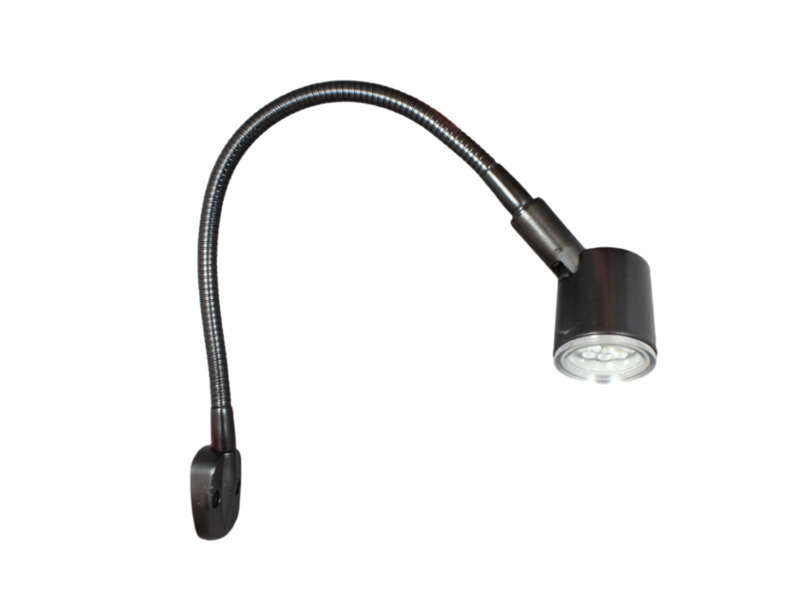

The first option would be to go with a plug-in power brick. Remember we want to give the supply a little cushion so you would be safer choosing a 60 Watt power supply. Wattageįor this application I would stick with a 50 Watt power supply at least.
#12v led lights full
Wattage = Full Reel (high density) x 2Ft. With this application you should find a 12V power supply capable of at least 40 Watts.Ĭalculating Wattage, Example #2: Take for example you want to run 18 feet of high density LED strips for another application. You usually want to give some cushion between your wattage and the rated wattage of the power supply. Wattage = Full Roll Wattage (Standard) + 3Ft. This would be achieved by using a full reel and then adding on 4 extra feet with a gapless connector. Using the table above we can find this. Length (Ft.)Ĭalculating Wattage, Example #1: So imagine you just have a length of about 20 feet that you need to cover in one solid run with Standard Density strips. The specs below lists wattage for both standard and high density strip lights. This will help you find the wattage of your system easily and then select the appropriate power supply. The only other thing you need to know in terms of finding a power supply for your LED strips is the wattage.

Powering LED StripsĪ constant 12VDC input is required for these strips. Below we will dive into some good practices for powering your LED strips.
#12v led lights how to
Probably the two biggest problems people run into is (1) not knowing what size wattage power supply to purchase, or (2) how to connect multiple strips, either together or back to the same power source. Using 12 volt led light strips will cut down on set up time and the overall cost of your project. They are also covered in a silicone coating to protect from water. The lightweight flexible strips mount easy as they are backed with adhesive tape that will stick to your surface, flat or rounded. Here is an easy run through of how to cut custom lengths and add connectors in order to connect strips together. The strips can easily be cut down to size as there are cut marks along with solder pads every 4 inches for standard density and every 2 inches for high density. Here at LEDSupply we offer smaller lengths of 3, 6, 9 and 12 feet. NOTE that high density strips will run at a higher wattage but we will go into powering below.ġ2V LED strips come in reels of 16.4 feet (5m). Accent lighting typically just needs a soft glow, however, which is where you could use the standard density as they are priced lower and won’t be too overpowering. The high density strip doubles that with 60 LEDs/meter (300 per reel) and give off 1080 Lumens per meter! Those looking for the brightest light they can get for task lighting should definitely go with the high density as they are significantly brighter. The standard density strips have 30 LEDs/meter (150 per reel) that give off about 540 Lumens per meter. The density is just the amount of LEDs within a distance along the strip. Those choosing white LED strips have a choice between two different densities. For more info on the basics of 12V flex strips, check here. Color LED strips are also available in Red, Yellow, Green, Blue and RGB (color-changing). These LED flex strips come in natural white colors: 3000K (Warm-White), 4000K (Neutral-White) and 6500K (Cool-White). Any larger than 5050 and the lighting becomes much more expensive, and runs much hotter, bringing heatsinking and temperature control into the mix. 3528 is another common LED type used in LED strips, I would avoid these as they are a lot smaller and dimmer. This is a common size for LED strip lights, they are big and bright but still run cool. Their name says it all, these strips have a flexible linear base that holds 5050 LEDs on it. Throughout this post we will go through how to make sure you are powering your LED strips correctly and different ways of wiring your strips to make for the best LED lighting set up. Since they are 12VDC powered they are also popular in car and boat applications. All of these factor into what makes 12V LED strips so great for under cabinet lighting, accent lighting, bookshelf lighting, task lighting, cove lighting and so much more. Their low 12VDC power input makes them run at an efficient rate while 5050 LEDs keep it running cool and safe to run in tight spaces. These discrete strips are sometimes called led ribbon lights or flexible led strips, referring to the ease at which they form to any surface to provide a soft, smooth accent light. A relatively low cost option is low voltage, 12 volt LED strip lighting. LED strip lights have become a quick and efficient answer to providing accent lighting around your home.


 0 kommentar(er)
0 kommentar(er)
